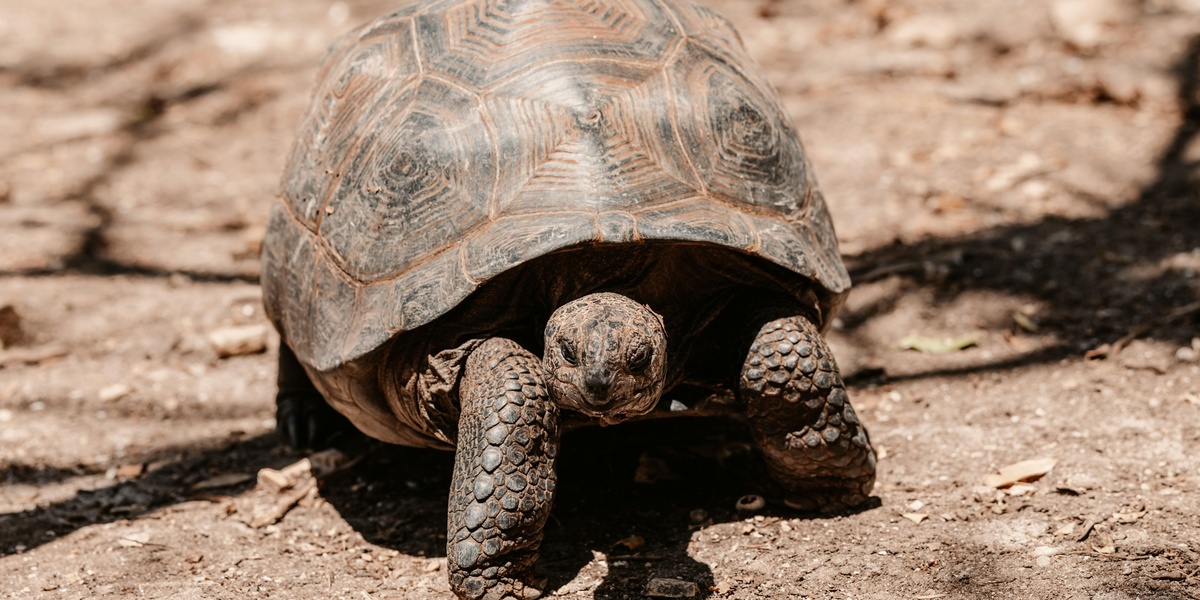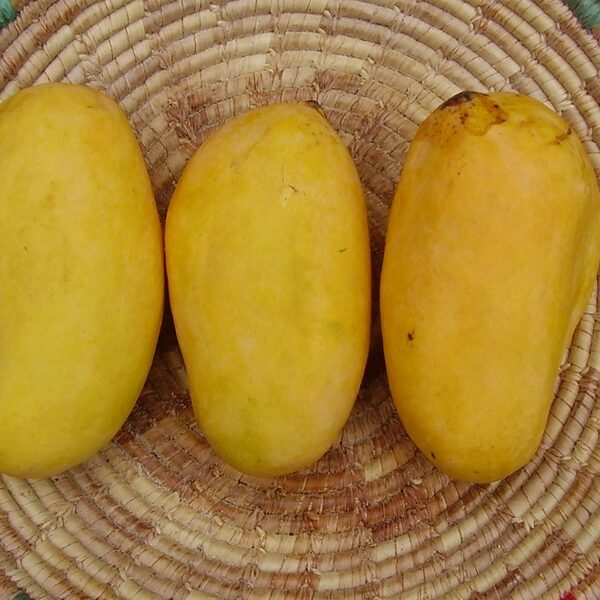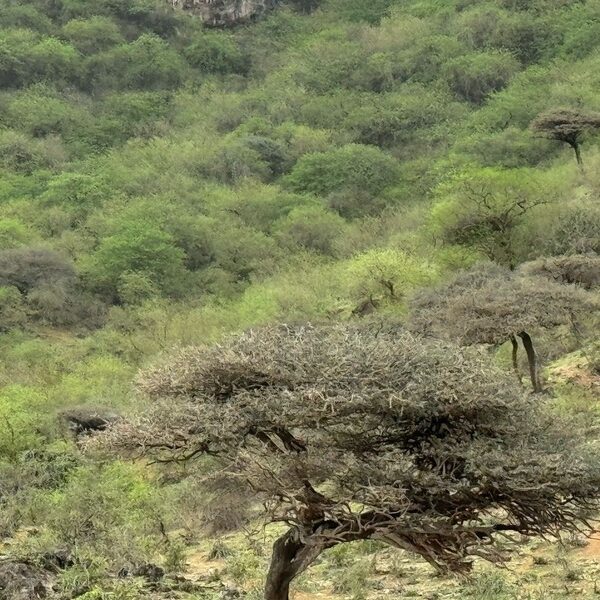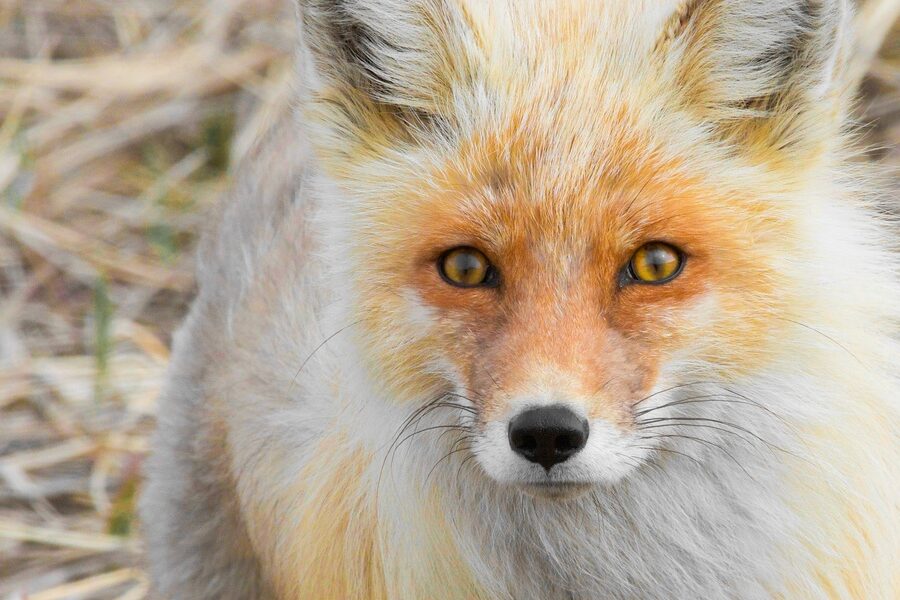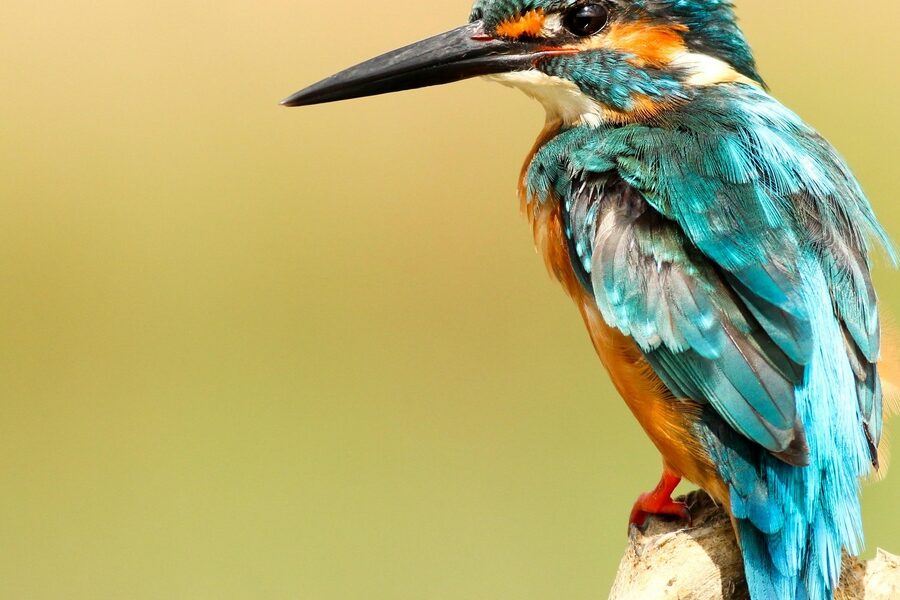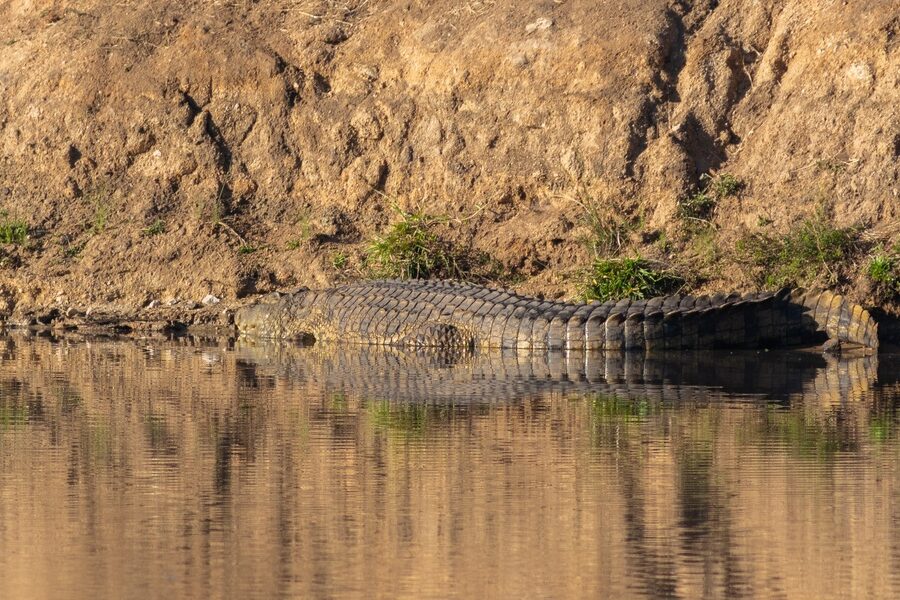Antigua and Barbuda’s tiny landmass supports a surprising variety of wildlife — and a handful of species here have been the focus of international conservation success stories.
Island species face concentrated threats: habitat loss from development, invasive predators, coastal degradation and overfishing all squeeze limited populations. Those pressures matter because small changes can cascade through island food webs, undermining fisheries, pollination services and nature-based tourism that communities rely on.
This piece profiles eight notable examples that illustrate the islands’ ecological mix and conservation responses, from endemic recoveries to marine and pollinator species. Sections are organized around endemic and recovery stories, conspicuous birds, marine fauna, and small vertebrates and pollinators, each showing measurable outcomes (for example, the Antiguan racer’s historical low of roughly 50 individuals in the 1990s and later population rebounds) and practical implications for people and livelihoods.
Read on for concise profiles, on-the-ground conservation examples and guidance for seeing these species responsibly.
Endemic species and conservation successes
1. Antiguan racer (Alsophis antiguae) — a headline recovery
The Antiguan racer is an island endemic snake whose near-extirpation became a major conservation rallying point. Populations fell to a historical low of roughly 50 individuals in the 1990s on a single tiny islet, prompting predator control, habitat protection and carefully planned translocations to nearby offshore islets such as Great Bird Island.
Those interventions, led by local agencies with international partners, produced steady population increases over subsequent decades. Translocations and invasive-species control restored ecological balance on several islets and created a working model for other Caribbean island recoveries.
Beyond the conservation milestone, the racer’s recovery has tangible benefits: healthier dune and scrub ecosystems, increased scientific tourism, and a visible example that targeted action (predator removal, legal protection, and monitoring) can reverse extreme declines.
2. Barbuda’s frigatebird colony — a seabird stronghold
Barbuda’s Codrington Lagoon supports one of the Caribbean’s more notable Magnificent Frigatebird gatherings, serving as a regional nesting stronghold and a distinctive ecotourism draw.
BirdLife International and local observers monitor nesting seasons (peaking in the spring and early summer months) and report that the lagoon’s mangroves and small islets provide safe nesting substrate away from terrestrial predators. While exact annual counts vary, the site is regularly cited as among the larger frigatebird concentrations in the Eastern Caribbean.
The colony contributes to local economies through birdwatching tours and supports lagoon productivity (seabird-derived nutrients influence fish and invertebrate communities), making protection of mangroves and disturbance-free nesting areas a clear priority for both conservation and tourism.
Notable birds: residents and migrants
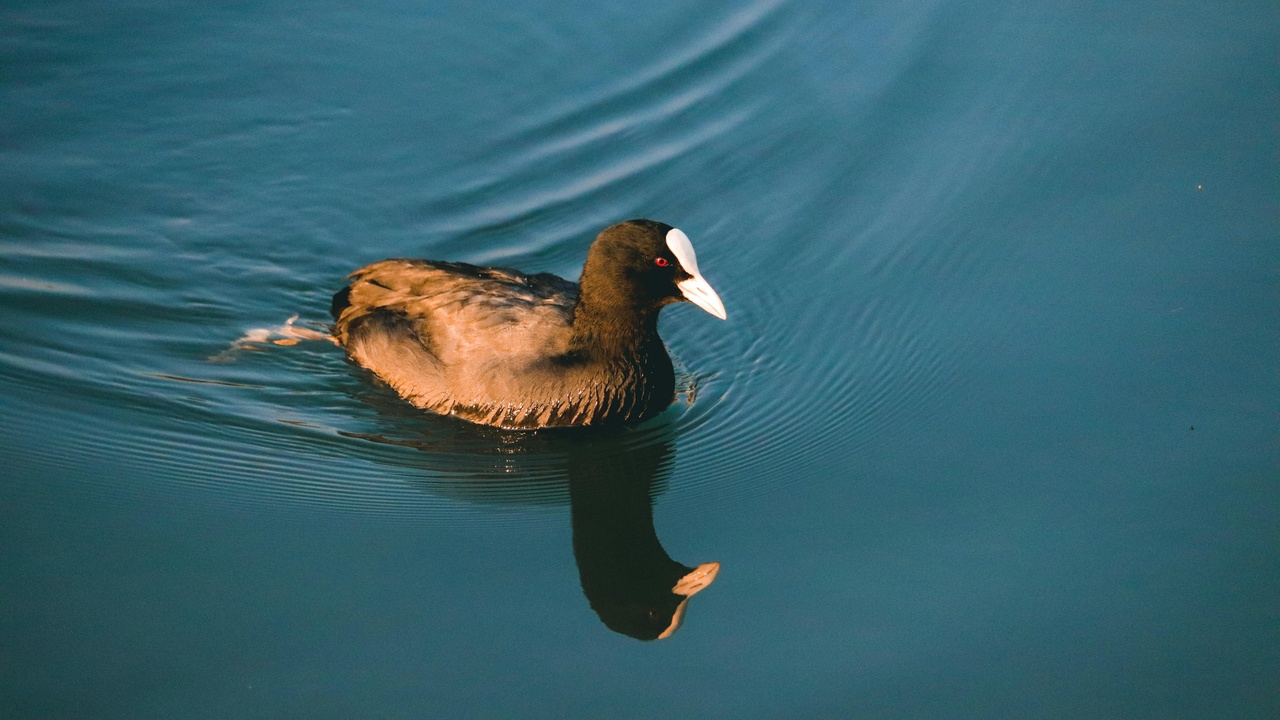
3. West Indian Whistling-Duck — a wetland indicator
The West Indian Whistling-Duck (Dendrocygna arborea) uses Barbuda’s lagoons and coastal wetlands and is considered of conservation concern regionally (listed as Vulnerable by the IUCN).
Key wetland areas like Codrington Lagoon provide roosts and feeding grounds; observers often report small flocks or family groups numbering in the dozens during calm seasons. Local NGOs and community monitors run counts and habitat checks, helping guide protection measures.
Protecting these wetlands benefits water quality, supports juvenile fish that beneath the bird food web and sustains niche tourism income from birdwatching—especially during the drier months when birds concentrate in remaining waterbodies.
4. Brown pelican and coastal seabirds — fisheries and folklore
Brown pelicans and other coastal seabirds are familiar sights along Antigua’s shores, often seen plunge-diving for schooling fish near reefs and inlets.
Brown pelicans can reach a wingspan of around 1.5–1.8 meters and are useful ecological indicators: sudden declines in local pelican sightings can signal shifts in nearshore fish abundance. Fishermen often recognize pelican concentrations as signs of good fishing, and tour operators feature these birds on boat trips.
Common viewing spots include sheltered bays and reef-fringed coasts; simple regular counts by guides and volunteers provide practical data to help manage fisheries and conserve coastal foraging habitat.
Marine life: turtles, conch and reef communities
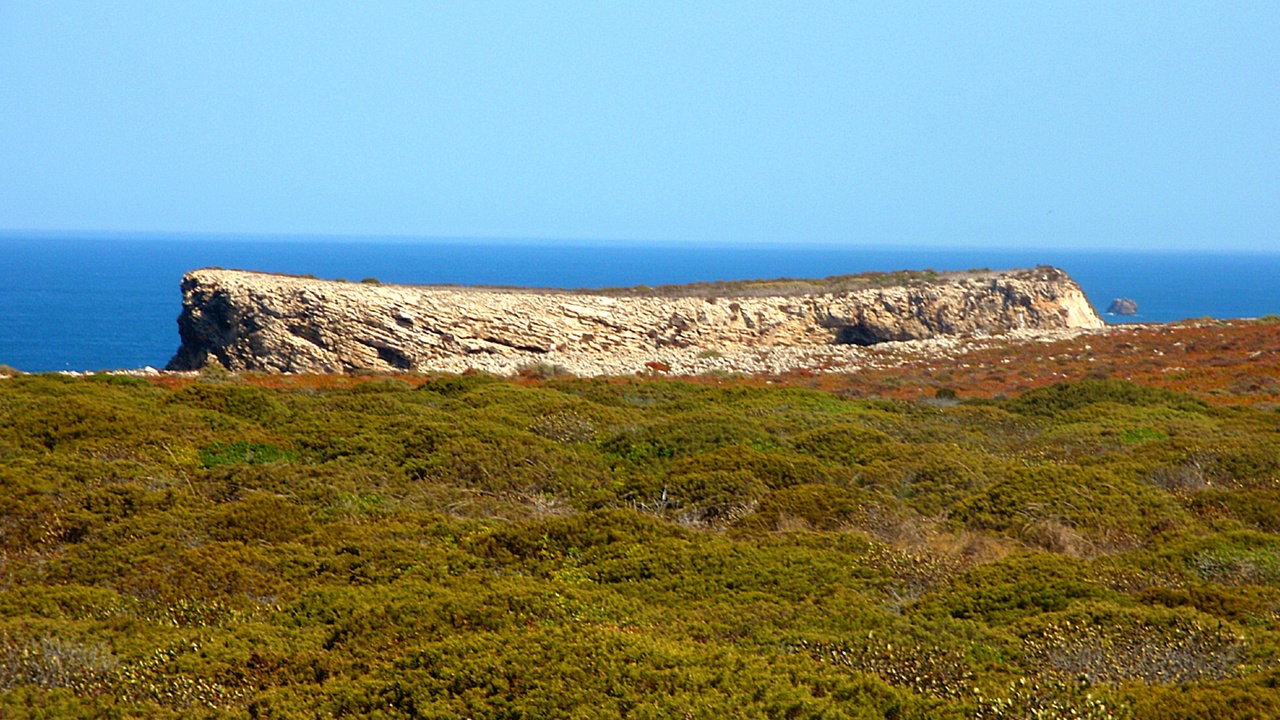
5. Hawksbill turtle — nesting beaches and protection
Hawksbill turtles (Eretmochelys imbricata) are regular nesters in the Eastern Caribbean and are listed as Critically Endangered by the IUCN, making nesting-site protection crucial.
Adult hawksbills typically have a carapace length in the order of 60–90 cm, and nesting commonly occurs during spring and summer months on quieter beaches and islets. Community-based nest monitoring programs record nest counts and hatchling success, and local NGOs work with volunteers to protect nests from predators and human disturbance.
Protecting nesting beaches supports tourism (turtle-viewing opportunities) and preserves genetic diversity for these long-lived migrators. Collaborative measures—night patrols, hatchling releases and public awareness—have proven effective in many islands and are part of local conservation toolkits.
6. Queen conch and reef fisheries — food, income and management challenges
Queen conch (Lobatus gigas) remains an iconic Caribbean food source and a component of coastal livelihoods in Antigua and Barbuda, but regional declines have prompted management measures.
Adult shells commonly reach shell lengths up to about 20 cm, and juveniles depend on healthy seagrass and algal flats. Where overharvest has been detected, fisheries agencies have implemented measures such as minimum size limits, closed seasons and permits to encourage sustainable yields.
Healthy reefs and seagrass beds are essential nursery habitat; local market uses (conch fritters, stews and occasional exports) link conservation to livelihoods, so community co-management and enforcement are central to long-term recovery.
Small fauna and pollinators: lizards, hummingbirds and insects
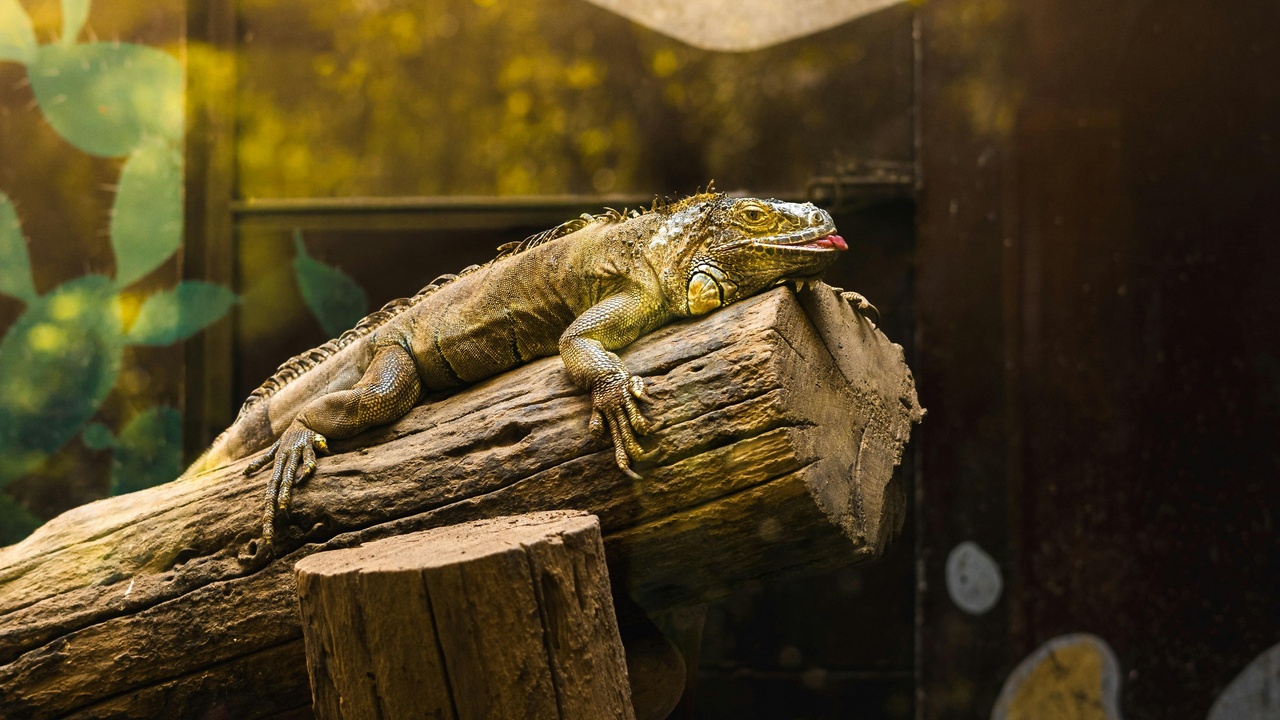
7. Anoles and lizards — everyday insect control
Anole lizards are widespread across Antigua and Barbuda, frequenting gardens, walls and tree trunks where they actively hunt insects throughout daylight hours.
These small predators help suppress pest insects around homes and crops and are a common, easy-to-observe piece of island wildlife. Casual naturalists can often spot anoles basking on fence posts in the morning or dashing after flies in the late afternoon.
Because they are conspicuous and abundant, simple observations of anole activity can feed community science efforts and offer low-cost indicators of ecosystem health in altered landscapes.
8. Green-throated carib hummingbird — tiny pollinators with big effects
The green-throated carib is a small, energetic nectar feeder (roughly 3–4 grams in weight) that plays an outsized role in pollinating native flowering shrubs and cultivated ornamentals.
These hummingbirds regularly visit tubular flowers such as native Heliconia and some cultivated hibiscus varieties, transferring pollen as they forage. Garden plantings that include nectar-rich species can support local hummingbird numbers and, in turn, benefit fruit set and floral reproduction in nearby wild plant populations.
Look for them in flowering gardens, mangrove margins and wooded edges year-round, with activity peaking when key plants bloom; they are also a favorite subject for photographers and casual birdwatchers.
Summary
- Eight representative species and groups—from the Antiguan racer to hawksbill turtles—illustrate how island endemics, seabirds, marine fauna and small pollinators underpin both ecosystems and livelihoods.
- Targeted interventions (invasive predator control, translocations, nest monitoring, fisheries regulations) have produced measurable recoveries and local benefits, with the Antiguan racer recovery a standout example.
- Protecting key habitats—nesting beaches, lagoons, mangroves, reefs and seagrass beds—maintains biodiversity and supports sustainable tourism and fisheries tied to the fauna of Antigua and Barbuda.
- Visit responsibly: join guided tours, respect nesting areas, and support local conservation groups or citizen-science monitoring to help ensure these species persist for future generations.
